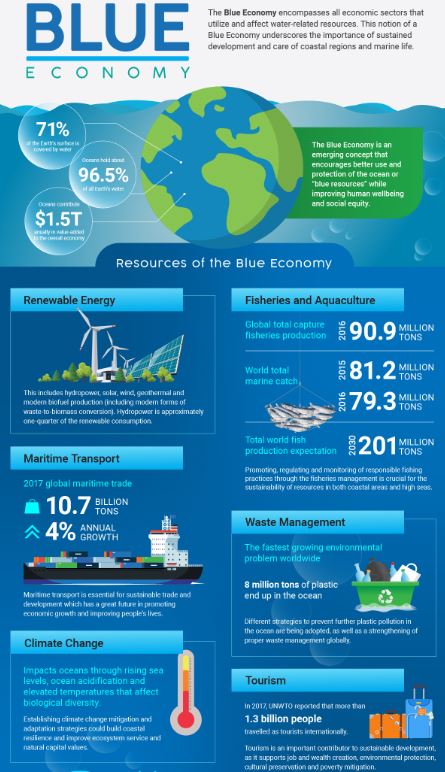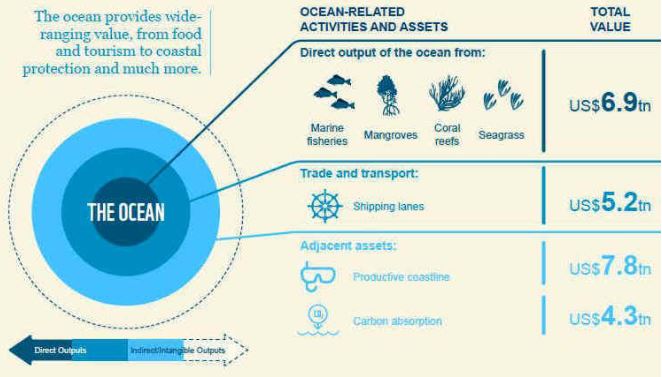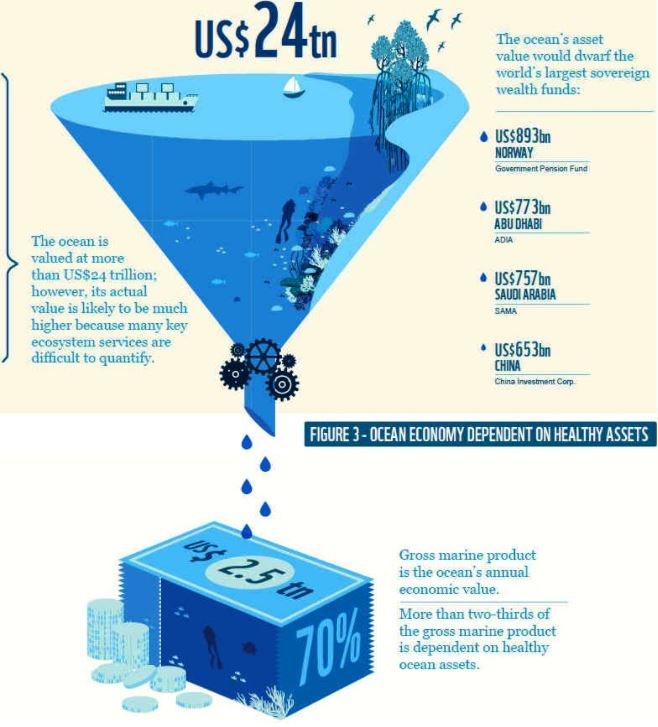We think the Blue Ocean/ Marine Economy is very important and relevant for an island nation like Aotearoa.
New Zealanders are navigators starting with the Polynesian Migration over 800 years ago, in 1642 Abel Tasman discovered Aotearoa and called it New Zealand, after Zeeland in Holland where he came from. In 1769 Captain Cook from Britain mapped big parts of New Zealand. On 6. Feb 1840 Maori and the British Crown signed the Treaty of Waitangi, an agreement to live as equals in Aotearoa.
NZ Marine Energy in numbers
Aotearoa has a 15,000 km long coastline
NZ encompasses the fifth biggest EEZ (exclusive economic zone). This is 15 times the size of our land mass. This endows us with the custodianship of close to 10% of the world ocean.
The biggest EEZ is the USA, France (with all its overseas dependances), Australia (8.1 million km^2 or 810 million ha, 20% of ocean), Russia and then NZ with 430m ha or 4.3m km2
NZ has several hundreds GigaWatt potential for sustainable marine energy
There will be faster scalability with marine energy farms once the current technical hurdles have been surpassed
Two commercial marine energy developers based in NZ: EcoMerit Technologies/ Aquantis and EHL.
The Ocean/ Te Moana in Numbers
Te Moana, the Ocean, covers 71% of the earth’s surface. It accounts for 97% of all water found on planet earth.
Only about 5% of our ocean has been explored and discovered so far.
Only about 1% of our oceans are fully protected marine areas such as marine reserves and national parks.
The ocean can provide over two million MW of energy every year. In 2018 the whole world used 23,000 TWh.
Electricity is about 20% of the world’s total energy demand.
Over 550 TWh of energy are forecasted to be generated by marine energy. Totally energy consumption in 2019 was 160,000 TWh
200 TWh DC or 1% of global electricity. Underwater DC will use much less cooling power .
2.5 trillion USD, the ocean economy is the seventh biggest economy of the world or over 100 times the NZ economy.
There are over 260 million blue jobs globally.
200 billion pound fish and shellfish are caught every year
The oceans were formed more than 3.8 billion years ago and grew over millions of years when the gas from the earth interior escaped very slowly and condensed into rain. Gravity prevents the water from leaving our planet.
The oldest marine fossils date back about 3.4 billion years and were found in Western Australia.
There are five oceans and seven continents that cover the surface of our planet.
The Pacific Ocean is the largest of all oceans and covers more than 30% of our planet’s surface.
The Pacific Ocean houses most of the islands in the world. There are about 25,000 islands in the Pacific Ocean.
The average depth of the oceans is about 3,500 m/ 11,482 ft. The deepest part is the Mariana Trench near Guam in the Pacific Ocean with close to 11,000m (about the size of Mt Cook on top of Mt Everest).
The ‘Ring of Fire’ is an area of high geological activity that is located on the rim of the Pacific Basin. Many underwater vents can be found and tsunamis can occur regularly. White Island is an example of an active volcano.
About 243,000 animal species live in the world’s oceans. They account for roughly 16% of all species discovered so far on our planet. The biggest creature of the ocean is the blue whale. They can weigh as much as 33 elephants.
The largest coral reef in the world is located in the Pacific Ocean off the Australian coast. It is called the Great Barrier Reef. In size, the Great Barrier Reef is as big as 70 million football fields! Or in comparison, it is slightly bigger than the land area of Italy or slightly smaller than Germany.
Coral reefs are referred to as the nurseries of the oceans as they are hotspots of biodiversity. The highest biodiversity in any ocean is found in the Pacific Ocean.
75% or three quarters of the world’s countries border an ocean and of these, 22 countries border two or more oceans.
About one in eight countries have at least some areas that are located below sea-level. Many of these areas or depressions are located in remote or unpopulated regions.
However, some countries are at high risk for flooding as bigger areas of the country are located below sea-level. In the Netherlands, about one third of the land area is below sea-level!
Almost half of the world population (44%) live within 150 km/ 93 miles of the coast. Eight of the ten largest cities in the world are located along a coastline. Coastal areas and ocean cities will most be affected by the predicted sea level rise due to climate change. Among the biggest ocean cities are Tokyo, Mumbai, New York or Shanghai or Lagos. Ocean cities are particularly exposed to natural hazards, including storms, tropical cyclones, earthquakes, tsunamis and volcanic activity. All these dangerous phenomena will become more regular with climate change.
Te Moana absorbs over 60% of all Co2 generated by humans.
The Ocean is The climate engine of the blue planet.
The strongest current is the Antarctic Circumpolar Current which also carries 100 times more water than all the rivers in the world combined!
The fastest ocean current is the Gulf Stream. The strong and warm Atlantic ocean current originates in the Gulf of Mexico. The Gulf Stream is about 300 times as strong as the flow in the Amazon river! The average speed is 6.4 km per hour/ 4 miles per hour.
Sources: BOLD Business, IEA, Kids on Ocean, OES, NASA, NOAA, WWF



